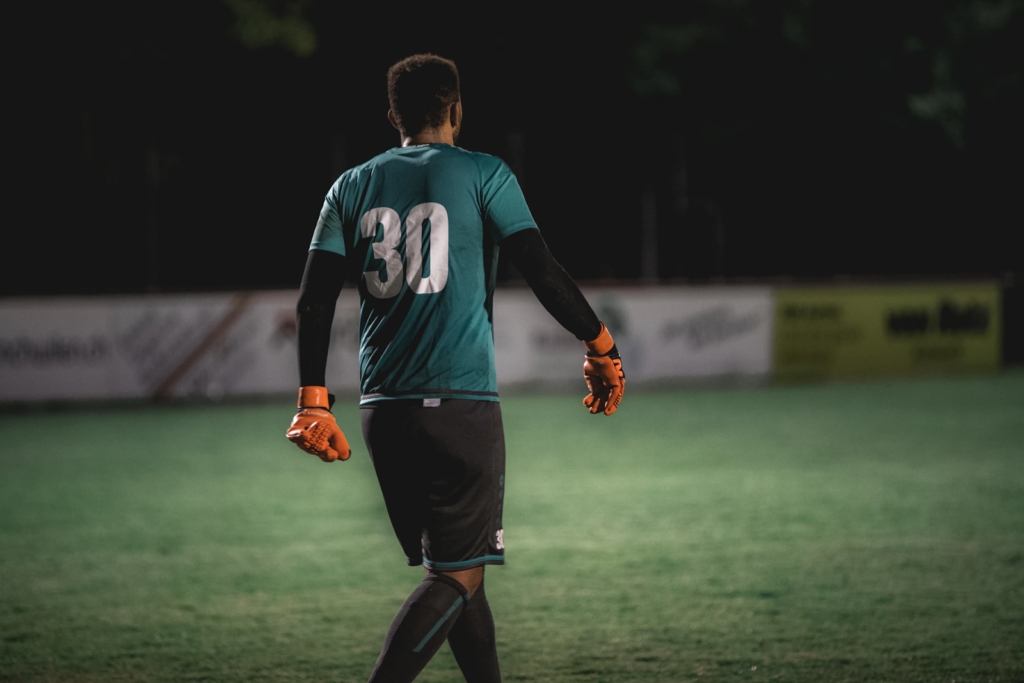The goalkeeper position has always fascinated me with the differences in technicalities and overall training regiment compared to a field player.
Soccer is a game that is constantly developing; and, with a few young keepers who may be considering taking their skills indoors for organizations like the Major Arena Soccer League, transitioning from an outdoor to an indoor goalkeeper can provide challenges.

Here are the top four tips for indoor goalkeeping explained by Kansas City Comets’ Goalkeepers Nicolau Neto and Mark Saxby:
- Walls
The wall. No, not the Pink Floyd album. The shape of the walls inside the arena is one of the main differences and an integral part of training.
The ball is always live and never out of bounds. It’s hard because shots come from out of nowhere and the ball is always live: “You always have to be aware of the rebounds, where your teammates are, and work as a team to block the shots.” You must stay ready for the rebound.
“We train a lot on the walls. We hit the balls against the wall at different angles and we try to read that bounce, so when it comes to the game we are used to it and we can perform a little bit better.”
Additionally, depending on how the ball hits the wall, it can add a different spin and change its direction.
2. Speed
The speed of play is quicker. Therefore, making the time for keepers to make decisions and set positions difficult.
“As a goalkeeper, we only have four seconds on the ball, it’s tough especially in a small space – coming from the outdoors you have all that space that you can do whatever you want with the ball and there’s no time limit especially if the ball is at your feet. But indoors it doesn’t matter, so it’s challenging because you have to think fast and quick – and make sure you’re not taking too much time on the ball.”
3.Rules
The rules vary for both indoor and outdoor.
According to the MASL website, only the goalkeeper can use his hands and only inside the penalty box.
4.Size
Size and game participation are arguably the biggest misconceptions of the keeper position.
When you think of a goalkeeper, you tend to imagine the taller they are, the more ground they can cover. And while in some situations that may be true, it is often not the case indoors.
Neto, who stands at a little over six foot describes his experience as “I have to stay as tall as I can, so I can cover the most amount of space” in the goal and for shots.

Indoor vs. Outdoor
So what is the main difference between indoor and outdoor?
According to Sporting Kansas City II Goalkeeper Coach, Darrin MacLeod, outdoor goalkeeping has different elements like shot stopping, reaction shots, and distribution. However, compared to that of indoors most of these elements are the same but in close quarters.
Whereas for indoor, Neto added:
“In a transition situation for example when there is a 2v1 against a defender, we usually tell our defenders to cut the pass and that we’ll take the shot – whereas indoors that’s opposite you have the defender attack that person with the ball and if he passes the ball to his teammate, as a goalkeeper we try to come out to make a save or intercept it – there’s more space.”
Advice
Soccer is a well-rounded sport. The earlier a young keeper begins their training – they will have more time to develop, especially with reaction and distribution skills.
And most importantly, have fun!











